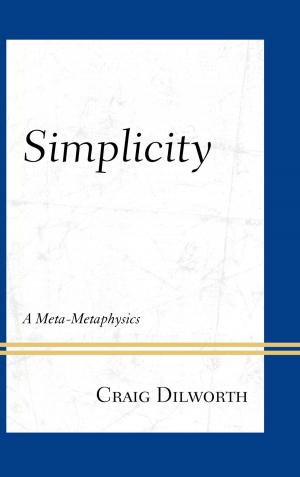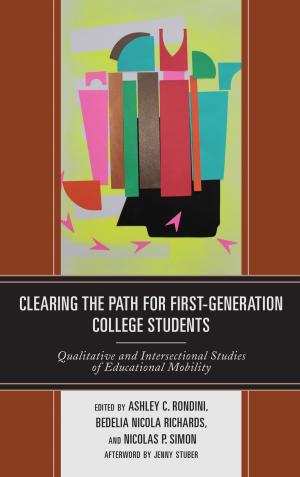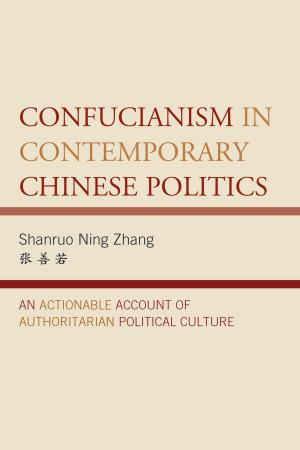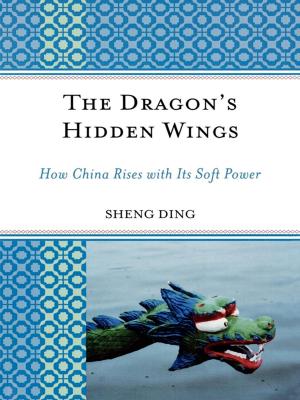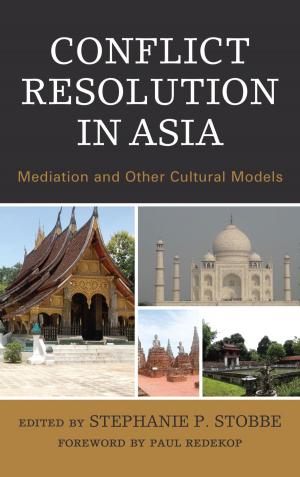The Dutch East Indies Red Cross, 1870–1950
On Humanitarianism and Colonialism
Nonfiction, History, Asian, Southeast Asia, Western Europe, Military| Author: | Leo van Bergen | ISBN: | 9781498595773 |
| Publisher: | Lexington Books | Publication: | January 29, 2019 |
| Imprint: | Lexington Books | Language: | English |
| Author: | Leo van Bergen |
| ISBN: | 9781498595773 |
| Publisher: | Lexington Books |
| Publication: | January 29, 2019 |
| Imprint: | Lexington Books |
| Language: | English |
The Dutch East Indies Red Cross (NIRK) took action in 1873 when the Aceh War broke out, which lasted several decades. In this war the organization’s neutrality was tested, but it turned out not to be an issue. Neutrality was a concept for European wars between “civilized” countries, not applicable in colonial wars. As a consequence, aid was tailored to the needs of the Dutch East Indian Army. This also showed itself in a statutory change making aid not only possible during “war”’ but also in case of “uprising.”
After the war ended several decades of “peace”—if peace is a proper term in colonial circumstances—followed. They were used to be prepared in case of an attack by a foreign enemy. For this “peace-work,” societal work of the Red Cross, was deemed important. This means that it was not an aim in itself, but seen as practice for the war task. It also had to avoid the Red Cross becoming invisible and lose popularity, for only with enough (wo)men active the war task could be fulfilled.
When war came, preparation turned out to have been in vain. Japan quickly conquered the archipelago. It forbade the organization only making use of some local branches when this came in handy. However, it proved not to be the end of the NIRK. When after the war independence was declared by Indonesian nationalists, the Netherlands send an army “to restore law and order.” In the war that followed, Red Cross-work became part of military carrot-and-stick strategy, trying to get the population back on Dutch side, and hoping that patients would inform the doctor with military information. The Red Cross not only had a humanitarian but a national task to fulfill.
The Dutch East Indies Red Cross (NIRK) took action in 1873 when the Aceh War broke out, which lasted several decades. In this war the organization’s neutrality was tested, but it turned out not to be an issue. Neutrality was a concept for European wars between “civilized” countries, not applicable in colonial wars. As a consequence, aid was tailored to the needs of the Dutch East Indian Army. This also showed itself in a statutory change making aid not only possible during “war”’ but also in case of “uprising.”
After the war ended several decades of “peace”—if peace is a proper term in colonial circumstances—followed. They were used to be prepared in case of an attack by a foreign enemy. For this “peace-work,” societal work of the Red Cross, was deemed important. This means that it was not an aim in itself, but seen as practice for the war task. It also had to avoid the Red Cross becoming invisible and lose popularity, for only with enough (wo)men active the war task could be fulfilled.
When war came, preparation turned out to have been in vain. Japan quickly conquered the archipelago. It forbade the organization only making use of some local branches when this came in handy. However, it proved not to be the end of the NIRK. When after the war independence was declared by Indonesian nationalists, the Netherlands send an army “to restore law and order.” In the war that followed, Red Cross-work became part of military carrot-and-stick strategy, trying to get the population back on Dutch side, and hoping that patients would inform the doctor with military information. The Red Cross not only had a humanitarian but a national task to fulfill.



